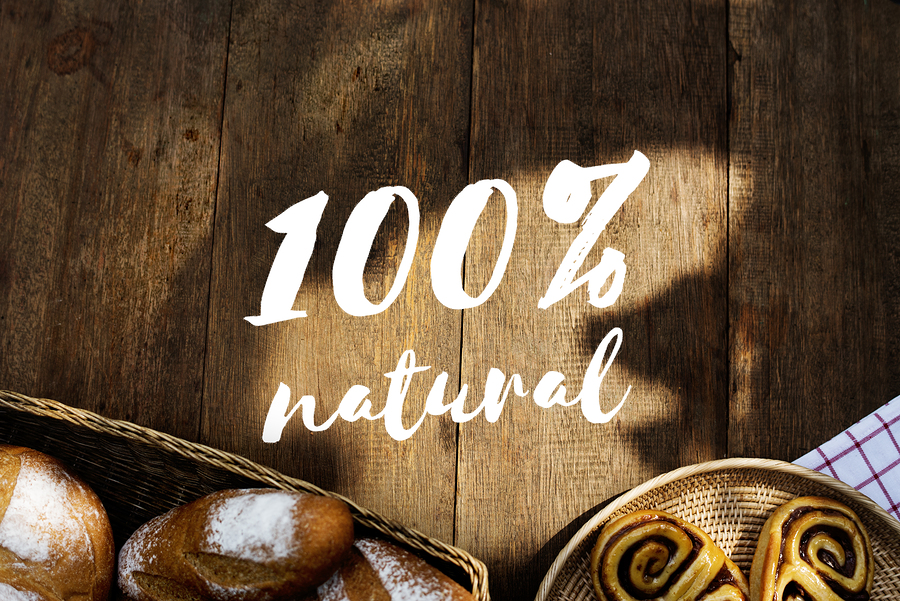
Results of a new study show that food naturalness is very important to consumers and that this factor influences what people eat. But there’s a trick: there’s no agreed-upon definition of naturalness, in the industry or among consumers.
The study, published in the journal Trends in Food Science & Technology was a meta-analysis of 72 studies that collectively involved more than 85,000 consumers. Overall, the researchers found that consumers place a high value on naturalness. This trend is particularly strong for older and female consumers. In addition, consumers who believe naturalness is important are more likely to eat healthy and organic foods and less likely to eat unhealthy and convenience foods.
But the biggest finding is that no one — neither consumers nor the industry — seems to agree on what’s natural. Over the 72 studies, the researchers found many definitions of the word, which they divided into three broad categories:
- How the food is grown — For example, organic and local foods are considered natural.
- How the food is produced — This category is further divided into “ingredients used” (free from artificial ingredients and preservatives, made from natural ingredients, and so on) and “production process” (minimally processed or processed using traditional methods).
- The final product — Fresh, healthy, and eco-friendly foods are considered natural.
Part of the confusion, at least in the United States, is a lack of formal definition of the word natural as it appears on food labels. This is important because, according to Lisa R. Schlessinger and A. Bryan Endres of the University of Illinois, natural is the most common claim on new food products.
In December 2015, the FDA initiated an effort to formally define the word natural in response to a three Citizen Petitions for the agency to take action. They called for public comments on whether the term should be defined, how to define it, and what it should mean on food labels. The agency received thousands of submissions, but hasn’t yet taken any further steps.
The FDA notes on its website that, while it doesn’t have a definition in place, “the agency has not objected to the use of the term if the food does not contain added color, artificial flavors, or synthetic substances.” That leaves the door wide open for things some consumers might not consider natural, like genetically modified foods and foods grown using pesticides. The broad characterization also doesn’t take into account processing methods or, contrary to what many consumers might believe, health benefits.
Many recent surveys have highlighted the importance of transparency. Consumers want to know what they’re eating and where their food comes from. But they’re also confused about food labels — companies make a lot of different claims, and consumers have a hard time determining what’s what.
The authors of the new meta-analysis suggest that food naturalness will only grow in importance and that companies should “develop foods that are perceived as natural and as a result evoke positive thoughts consumers associate with natural foods.”
Taking a broader perspective, deciding on what exactly natural food is might be a great place to start.







